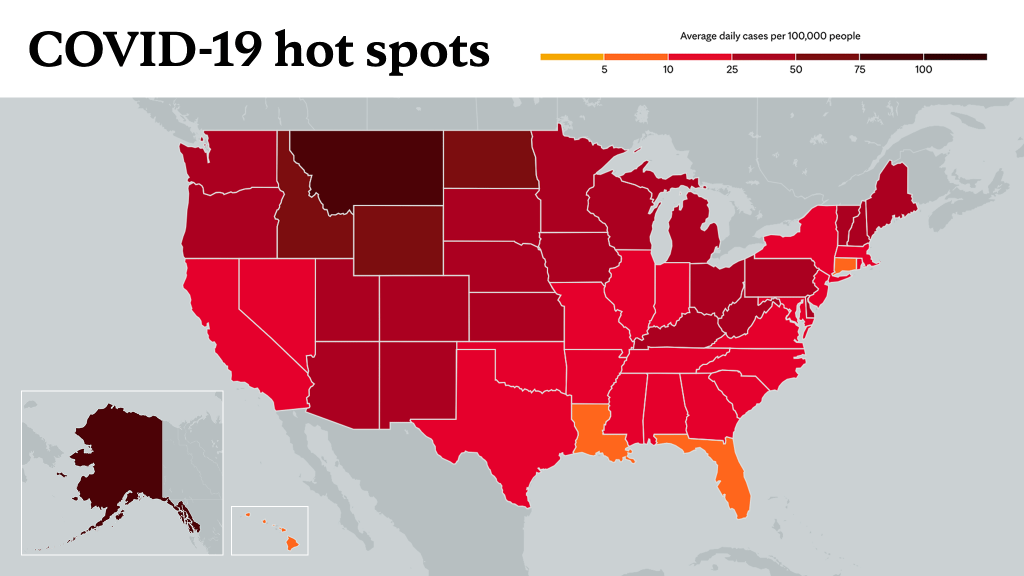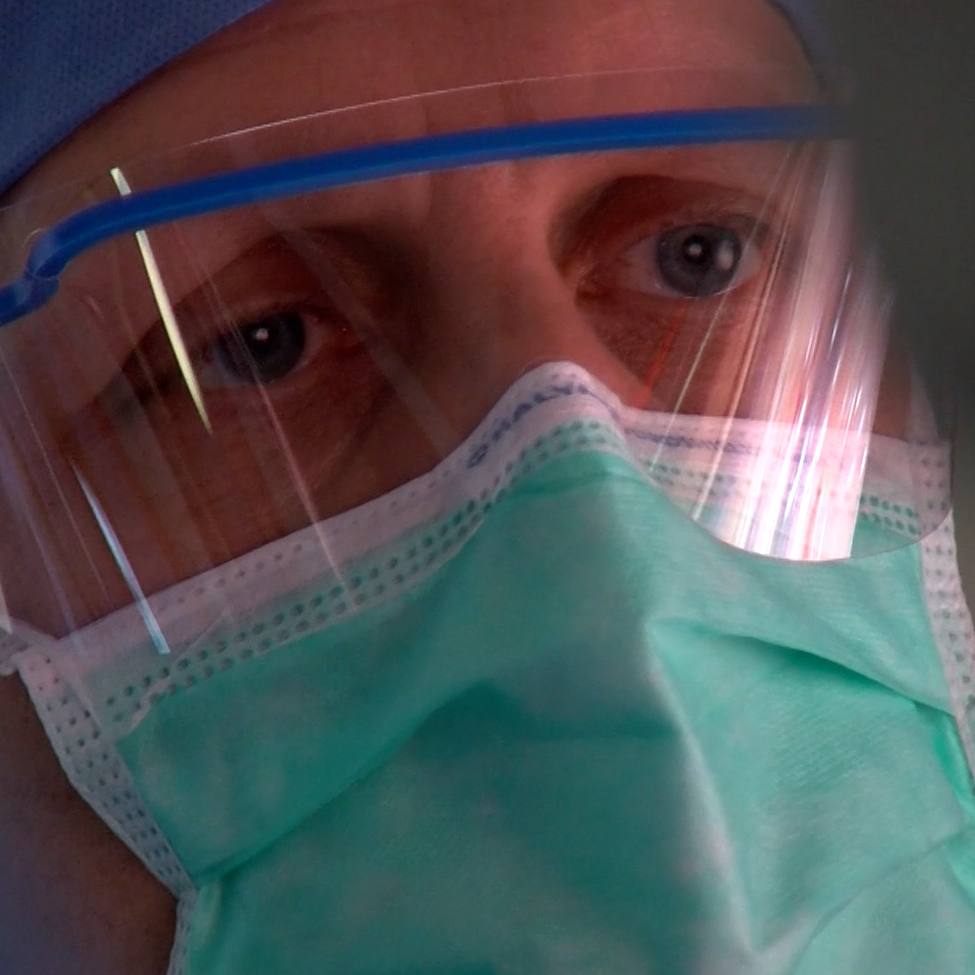
Rashes on babies and children are common. They can happen for many reasons, including COVID-19 infection. Since the onset of the COVID-19 pandemic, researchers have been studying the dermatologic effects of COVID-19 on kids and adults.
"By the time we grow into adulthood, our immune systems have had the opportunity to see many viral, bacterial and miscellaneous infections, and grow immunity such that if you get exposed again, you hopefully will not have a true infection," says Dr. Dawn Davis, chair of the Division of Clinical Dermatology at Mayo Clinic. "The same is not the case for children. They may not have seen the infection in the past, and their immune system may be learning. With COVID, particularly because young kids cannot be immunized now, they are still having robust rashes from COVID."
Watch: Dr. Dawn Davis talks about COVID-19 rashes in kids and adults.
Journalists: Sound bites with Dr. Dawn Davis are in the downloads at the end of the post. Please courtesy: "Dawn Davis, M.D. / Dermatology/ Mayo Clinic."
Most children with COVID-19 infection have mild symptoms, and a rash may be the only sign of infection.
"The rashes that present on children can be quite impressive, particularly if you think about the size of the child's blood vessels," says Dr. Davis. "The rash may be more intense due to having a robust immune response or because children have smaller blood vessels relative to adults."
Another skin manifestation that occurred early in the pandemic in people of all ages is COVID toes, says Dr. Davis.
"You can have a vasculitis-like eruption or coagulopathy-like eruption with COVID. The robust immune response can cause irritation of the blood vessels, circulatory issues, and clotting in the vessels. Since this tends to be more pronounced in areas where the vessels are small, the hands and feet are more vulnerable. We also believe factors such as gravity and mechanical activity increase the likelihood of hand and foot involvement."
There are many types of rashes that can erupt on the skin with COVID-19 infection. Dr. Davis says because these rashes can mimic other viral infections or other cutaneous diseases, it can be very confusing and often very scary for patients when a rash erupts.
"Another common rash form we are seeing with COVID-19 infection is a varicelliform rash or chickenpoxlike rash. The rash will be small round ovals on the skin with a center that shows a bit of fluid, like a bubble or small blister. It's similar to what we call a 'dewdrop on a rose petal' seen in chickenpox. If you develop a rash you think looks like chickenpox, and you don't believe you could have chickenpox or shingles, consider contacting your provider to have this investigated," Dr. Davis says.
Dr. Davis says patients often ask her if the rashes are contagious.
"For the typical viral exanthem, or eruptive skin rash caused by a virus, including for the COVID rashes, the rash itself is not contagious. In fact, commonly, the rash is most exuberant or pronounced after the peak inoculation of the virus. It is a visible signal that your immune system is responding to the infection."
Dr. Davis advises parents and caretakers who see a skin rash to reach out to a health care provider to find the root cause.
The good news is that with increased COVID-19 vaccination, the incidence of severe rash is decreasing, says Dr. Davis.
"We are still seeing COVID rashes in patients who have COVID infections. The severity of the disease can mirror the severity of the rash. The incidence of cutaneous markers for COVID, in general, is tending to decrease in the vaccinated population."
_____________________
Information in this post was accurate at the time of its posting. Due to the fluid nature of the COVID-19 pandemic, scientific understanding, along with guidelines and recommendations, may have changed since the original publication date.
For the safety of our patients, staff and visitors, Mayo Clinic has strict masking policies in place. Anyone shown without a mask was either recorded prior to COVID-19 or recorded in a nonpatient care area where social distancing and other safety protocols were followed.
For more information and all your COVID-19 coverage, go to the Mayo Clinic News Network and mayoclinic.org.
Learn more about Tracking COVID-19 and COVID-19 trends.








